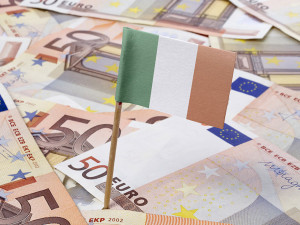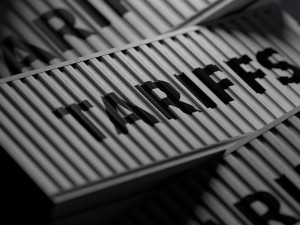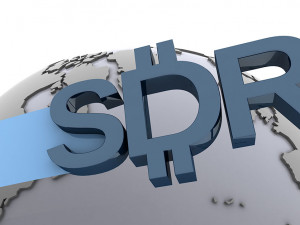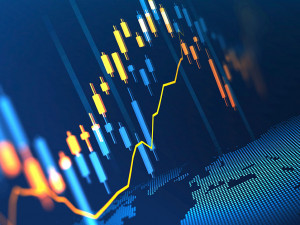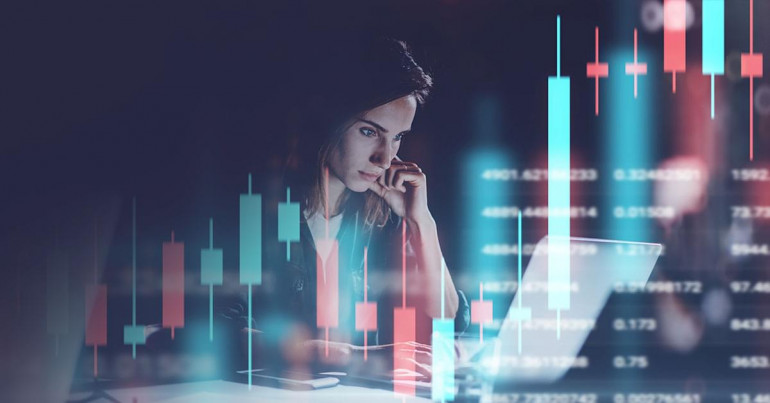
Determining the strength of a currency is not always straightforward.
How strong a currency is can often be confused with the value or exchange rate of the currency and vice versa. The ‘strength’ of a currency can often have multiple meanings, and the strength of an economy is often a better indicator of how strong a currency is, but the value of the currency may be entirely different. ‘Strength’ as a word is used liberally, but there is a key distinction to make between the value of a currency and the strength of an economy, and how each one is measured.
In this article, we cover everything you need to know about how currency strength is measured and how to make the distinction between currency value and economic strength.
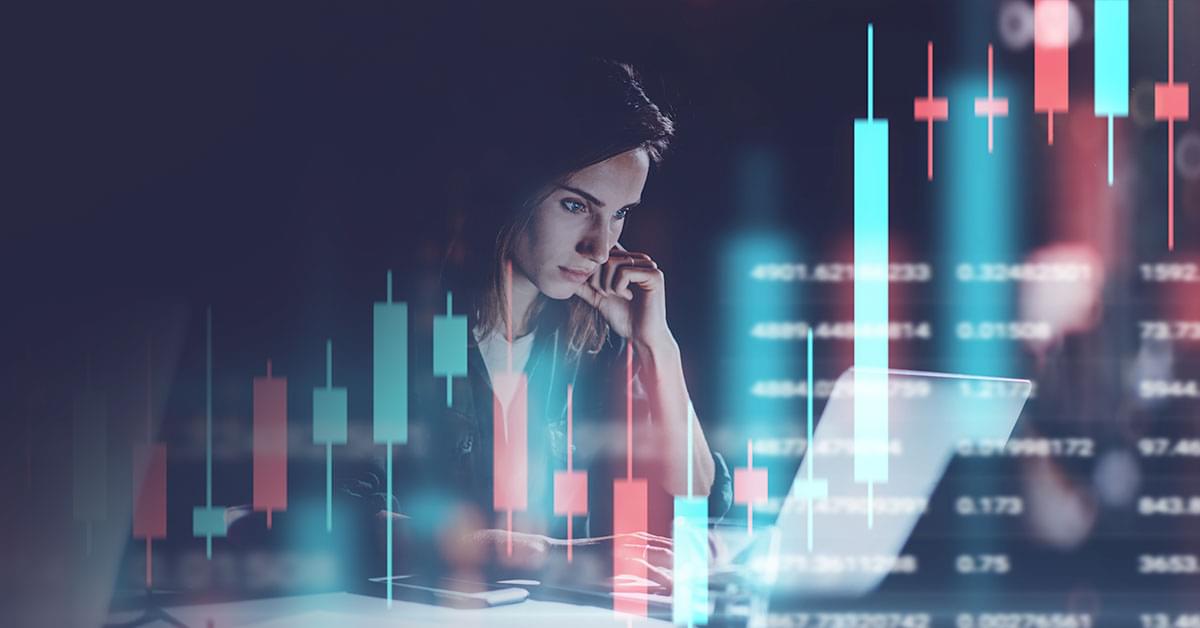
Is the value of a currency the same as the strength of an economy?
Technically, no – the value of a currency is not the same as the strength of an economy. However, strength is used as a term for many meanings, and can refer to both the value of a currency, as well as the strength of its economy. For example, one might say that ‘the dollar is strong’, meaning that the US economy is faring well, not necessarily referring to its exchange rate.
The value of a currency and the strength of an economy are often related, but they are not always consistently aligned.
Here are the key distinctions:
Currency value
Currency value is the measurement of the currency against others. Check out our article on the top 20 strongest currencies, outlining the strongest currency in the world as the Kuwaiti dinar. These currencies are technically the ‘highest-valued’ currencies, but many definitions will refer to this as currency strength.
Economy strength
Economic strength is the health and growth of an economy, which may or may not include a valuable currency. For example, while the US dollar is down at ninth on our list of the highest-valued currencies, it is the strongest economy in the world by far. With a GDP of around $25 trillion, the US economy is way ahead in first place, with China’s GDP of around $18 trillion trailing in at second. However, there are several currencies considered more valuable, as currency value does not always translate into economy.
Other factors
Some currencies and economies can have strengths that are not always visible. For example, the US dollar has strengths in its currency due to it being the global reserve currency, and being present in all major forex pairs. This means there is a necessity for the currency, which adds an additional security to the economy. Many critics point out the privilege and control this gives the US economy, and refer to this as dollar dominance.
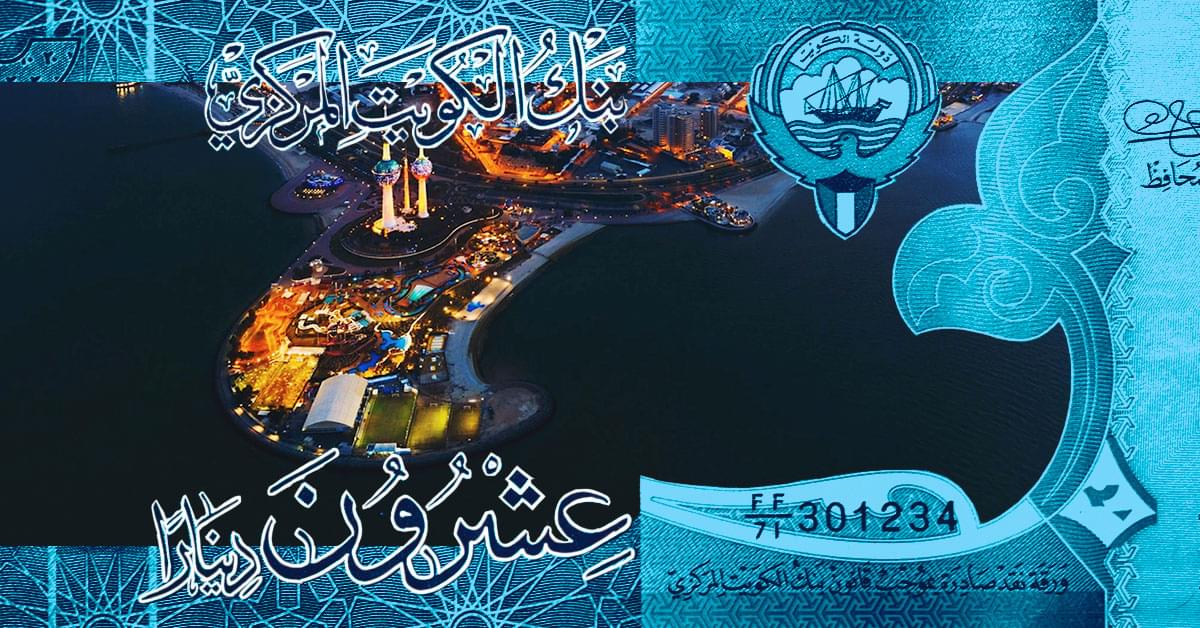
The Kuwaiti dinar
The Kuwaiti dinar forms a good basis for studying the difference between a currency value and the strength of an economy. At the time of writing, one Kuwaiti dinar equals 3.25 US dollars. Check out our specific study on the Kuwaiti dinar.
The Kuwaiti dinar is the most valuable currency in the world due to its rich oil reserves, zero tax, and relatively low unemployment. Kuwait also has a high number of expatriates, accounting for over 60% of the population.
The economy is strong too, and benefits from a small population. Kuwait has also managed its oil wealth prudently through its sovereign wealth fund, the Kuwait Investment Authority (KIA), which has made strategic investments worldwide.
For more on why some other Middle Eastern currencies are so valuable, read our article.
The Iranian rial
On the other end of the spectrum is the Iranian rial, which is at the top of our list of the weakest currencies in the world. At the time of writing, one Iranian rial equals 0.000024 US dollars. While Iran does have its financial woes, it is far from being the weakest economy in the world, coming in at 78th on the list of countries by GDP (PPP), just behind Brazil.
Due to tensions with the US, Iran has suffered sanctions and conflict with Iraq has caused the rial to fall to such a low. However, an economy can still run on such a low-value currency as the value is only relative. Iran remains one of the most mineral rich countries in the world, and commodities are what most economies fall back on.
Is a valuable currency good or bad?
A valuable currency is beneficial for travellers and importing products, as both of these things will be cheaper. Domestic services may suffer however, because importing products will begin to become cheaper than buying them domestically. Once this begins to happen, then it’s difficult for an economy to turn back.
There is also a danger of a currency becoming too valuable, and this actually reducing the strength of an economy. If you are exporting goods, and your currency is less valuable, it means that on the exchange rate, it’s cheaper for other countries to buy your products and services, so there is an incentive to push the exchange rate down. This can cause dangerous competition between countries, known as a currency war.
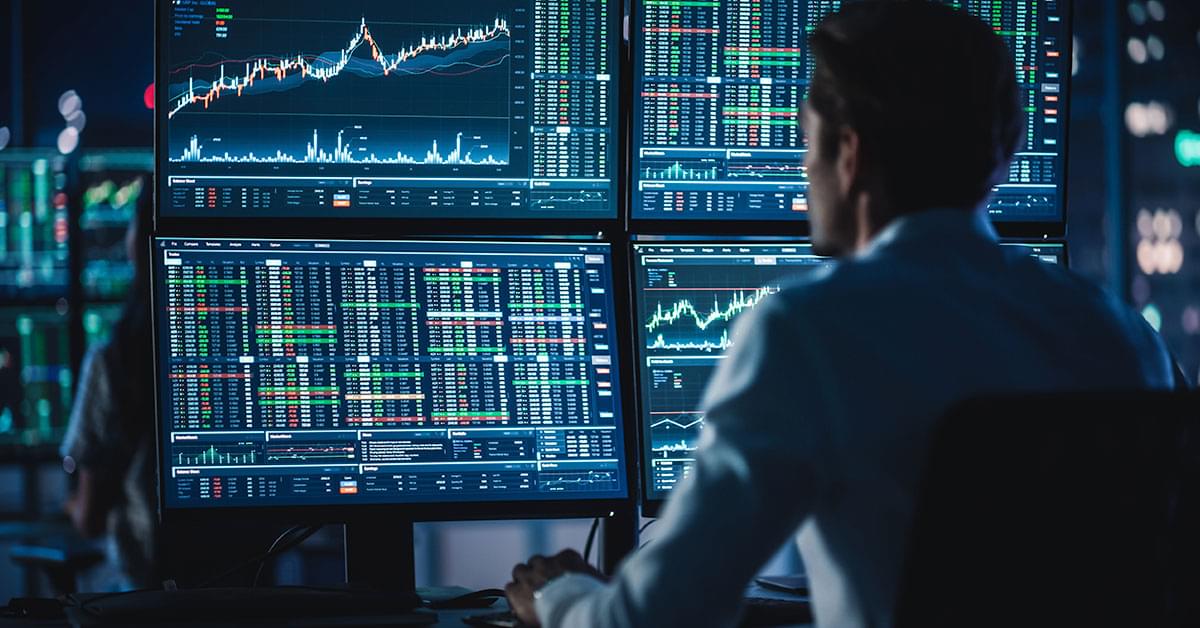
How is the value of a currency measured?
The value of a currency is measured via its exchange rate to other currencies. Exchange rates are determined by the forex market, which is influenced by various factors such as interest rates, inflation rates, GDP growth, geopolitical events, trade balances, and market sentiment.
Central banks will often play a part in the forex market and will adjust interest rates and quantitative easing to affect exchange rates.
In many cases, countries can adopt a fixed exchange rate. This is where the exchange rate of one currency is fixed to another, meaning that the value simply follows the fixed currency (in many cases, the US dollar). These are also referred to as currency pegs. Many currencies will use currency pegs to stabilise their economies, and some will even use a basket of currencies to fix their exchange rate, such as China.
For more currency news and insight into the ever-changing world of currency, make sure to stay up to date with our Expert Analysis, as well as our Market Commentary.html
